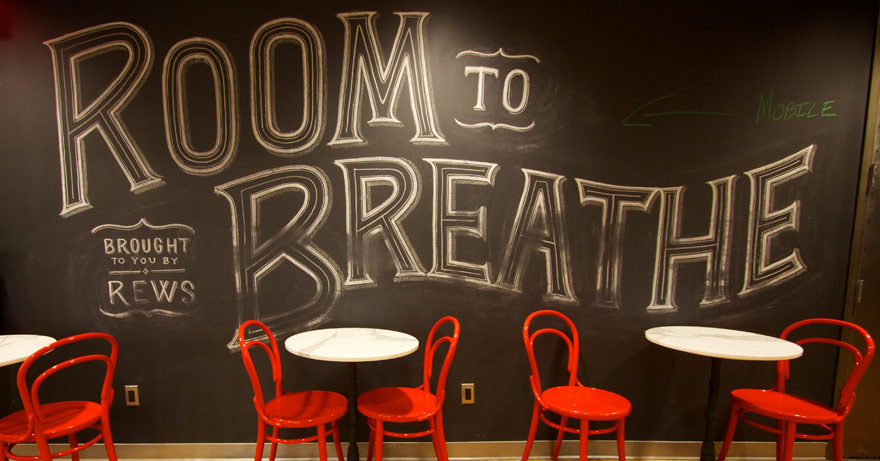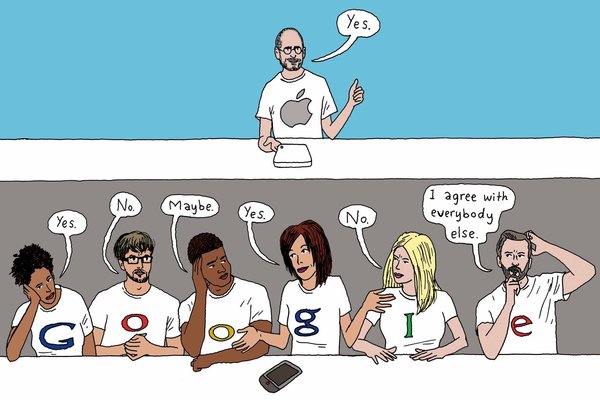What started as a smartphone app has quickly grown into one of the major social media platforms with over 200 million users. And with the 2012 purchase by Facebook, the popular photo and video sharing platform, Instagram, shows no plans for slowing down. The visual element and simplicity of use are undeniably attractive for businesses and consumers alike. Check out some the brands and people we love to follow and why.
Luke Pierce – Homage
Homage is one of my favorite home grown Columbus companies. They started with a simple shirt sold throughout some stores along High Street in Columbus, and grew it into a indie clothing empire, partly because of their social media marketing savvy. Their Instagram account is no exception to their awesomeness. Terrific photography coupled with throwback photos and Instagram exclusive deals keeps me a dedicated follower.
Marsh Williams – Our Open Road
I tried showing Instagram to a friend a while ago and the only response they had was, “why would I want to see someone else’s pictures?” I was hard pressed to provide an answer that wasn’t akin to “are you *&^%$#@ kidding me.”
I love Instagram, most mornings it’s how I start my day. Sitting down with a cup of coffee and my iPad. Seeing things through the eyes of others is amazing and the range of content and subject matter is extraordinary. One of my most recent “follows” is Our open Road. A family that took off from California about a year ago and has been documenting their nomadic adventure via their website and Instagram. The images and stories of adventure range from sublime to the ordinary, but the entire experience of following along is peerless.
As for companies on Instagram, I don’t know. I was not happy when advertising crept in but that’s just me.
Other people I follow just because I enjoy what they are doing are:
Luidanole—a very talented photographer who works long enough to fund his next photo journey and then hits the road (private profile).
JethroMullen—great nature and city scales.
Paulyvella—wonderful nature photography.
Kiwiboy—a true HDR junkie with a great eye.
Instagram takes me back to the great Life Magazine days. Later this year I plan to take off for a week or so and hit the Natchez Trace for my own adventure.
Gretchen Ardizzone – Sweetgreen & Nike Running
Brand consistency is huge thing for me when it comes to marketing, and what you put out on social media is no different. Many brands can perfect their tone of voice on Twitter or creatively craft the post that everyone will share on Facebook, but when it comes to Instagram, the visual aspect seems to sometimes present a challenge. So the brands that I love to follow manage to effortlessly showcase the epitome of their brand in true form.
Sweetgreen, the farm to table fast casual kitchen, is passionate about the food they create and the community relationships they cultivate. With a healthy mix of artful ingredients, drool-worthy food, and fanatical Sweetgreen followers you start to understand what living the “Sweetlife” is all about.
Nike’s branding has always aimed to empower you to “Just Do It,” and their Instagram equally delivers the motivation to move. Still photos show strength, and their 15 second videos capture a glimpse of aspirational activities. As a runner, I find NikeRunning the most inspiring. I can almost picture myself in their shoes with the wind at my back and my feet pounding the pavement.
Colin Smith – Go Pro & Taco Bell
The great thing about Instagram is the variety of content available. From the everyday photographer documenting their life, to professional photographers featuring their work, to brands promoting their products, you have a broad opportunity to look through someone else’s eyes. Instagram is a growing social media platform with a lot of potential for companies to connect with their customers in a different way. As they say, seeing is believing. So, my votes for the two brands who are doing Instagram right are as follows:
GoPro – When you claim to make “The World’s Most Versatile Camera,” Instagram should be a showcase of your product’s capabilities. Luckily, GoPro lives up to their slogan. They feature their photo of the day, chosen from user submissions, which gives a unique look at just how versatile GoPro really is. The photography is definitely worth the follow.
Taco Bell – A fast food chain may come as a surprise, but Taco Bell sure knows how to use their social media to engage their customers. With a variety of photos ranging from mouthwatering shots of food, to pictures of people brought together through their product, they take Instagram and build their brand through it. They even featured fan photos with the Doritos Locos Tacos in their television advertisement. Taco Bell sees Instagram’s potential, and they plan to take full advantage of it.
Honorable mentions: While these aren’t brands, they deserve a follow as well. Janske has some of the best landscape photography on Instagram. The awe-inspiring pictures are more than refreshing to see on your newsfeed. In Contrast, AdamSenatori is a pilot and photographer. The aerial shots of cities coupled with shots of attractions from around the world are truly beautiful.
Sonya Palmer – Sharpie & TrevLee
Despite my desire to be all digital. I have a serious crush on office supplies. File folders, binder clips, post it notes, I love it all. And after years… YEARS of searching for the perfect pen, I found it in Sharpie’s Fine Point Pen. I love following their Instagram because they feature the people who use their products. Their Instagram consistently provides a break from my creative processes, while also inspiring me. When your head is buried in code and content all day, it’s nice to see what the outside world is doing with just pen and paper.
We had a rough winter in Ohio. Heck, we had a rough winter everywhere. Trev Lee is a photographer in Northwest Ohio, who spent a year in Yosemite. I cannot tell you how often his amazing photos of Yosemite reminded me that, yes… the outside is beautiful, yes…. Snow is even beautiful. There is life outside this house, there is life outside Ohio. He often made me want to climb rocks and trees and, well anything that was vertical!
Nathaniel Seevers – Steve Rodia and Hotel Lincoln
One of the best things about social media for me is the way we all build brand personas for the random strangers we cross digital paths with. Steve Rodia is one of those strangers that in my mind I’ve built into his own lifestyle brand. Steve’s Instagram glows of his interests; travel, great food, great bourbon. His is always the account I look forward to checking as I love to admire the places he visits, his panache southern attire, his appreciation of fine pork products and, of course, the fine bourbon he drinks. To me he is a lifestyle brand and blogger. To others he’s staff engineer at Honda.
Here’s where the duality of my taste comes into play. Aside from my love for a slower pace, grilled meats and bourbon neat, I do also love the urban pulse of certain cities. Few cities do I love as much as Chicago. During a long weekend stay for business last spring my wife and I decided to try out Hotel Lincoln as a change from our standard hotel stays. Right from check-in we felt welcome and quickly realized their friendly, eclectic disposition carried through social media. Their Instagram runs the gamut of shots of the funky interior decor of the hotel to neighborhood events in Lincoln Park to the occasional sighting of honest Abe himself.
Shannon Blair – WorldWanderLust
Similar to Marsh, I start my day with a cup of coffee and a good Instagram scroll. The person I follow that uses Instagram the way it was meant to be used, and with the most inspirational and amazing photos is WorldWanderLust. This gal was awarded as Skyscanner’s travel blogger of the year, and for good reason. Just this morning she’s in South Africa on a Safari. Last week? She was wandering around Lisbon. Seriously, she is one of those people who has built up her individual brand using the power of Instagram and by doing so she is able to travel around the world and take photos – just living her dream. Doesn’t sound so bad, does it?
Photo Credit: Dirk Dallas





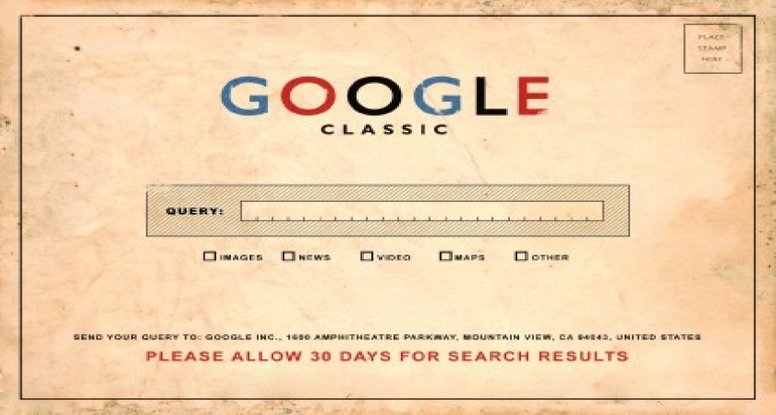
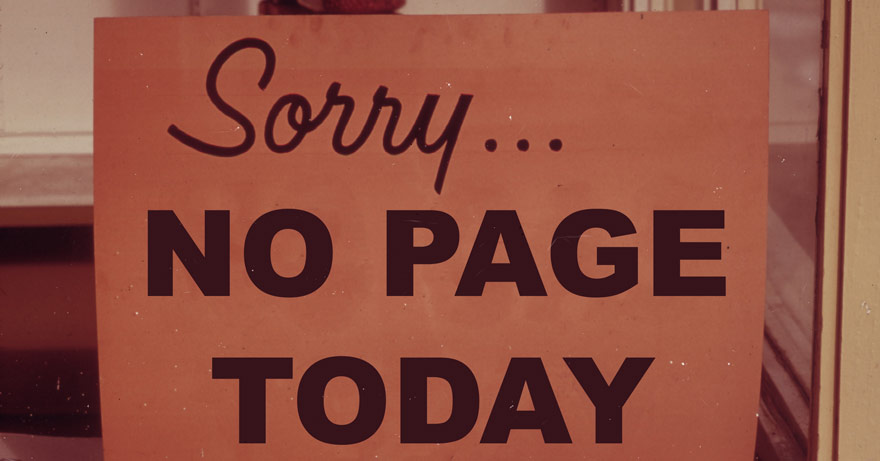




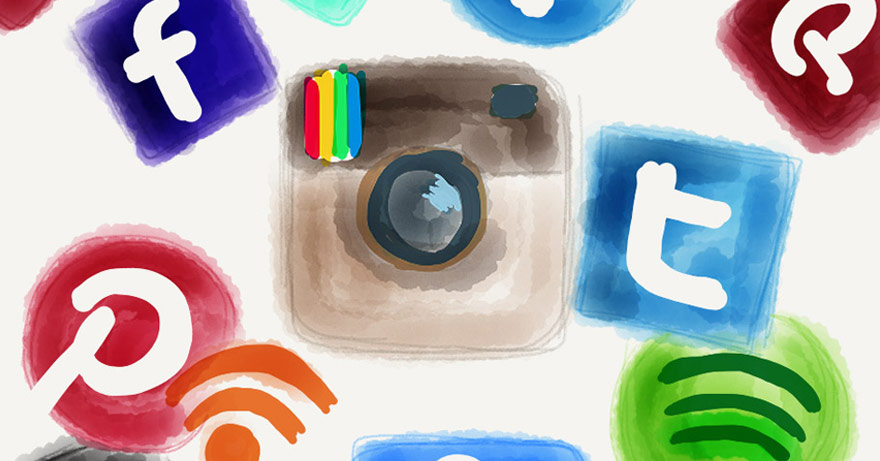
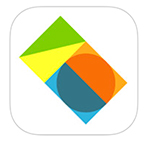
 I’m a list maker, so much so, that I often make lists of the lists I need to make. Over the years I have teetered between whatever new to do list app was popular, and plain ol’ pen and paper. After a few weeks of never quite using the apps as much as I had intended, I would meander back over to a notebook and sharpie. just always seemed to abandon digital for physical, until I found
I’m a list maker, so much so, that I often make lists of the lists I need to make. Over the years I have teetered between whatever new to do list app was popular, and plain ol’ pen and paper. After a few weeks of never quite using the apps as much as I had intended, I would meander back over to a notebook and sharpie. just always seemed to abandon digital for physical, until I found 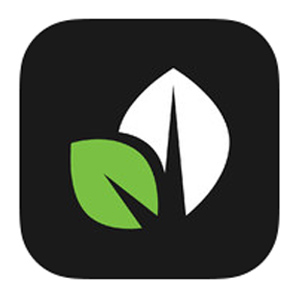 My favorite app? I’ll be honest, the last thing I want to do when I get of my computer is anything related to business. I’m drawn to social or pseudo social platforms like Facebook and Instagram. I even had a short-lived addiction to Draw Something. With that said I still keep an eye on the business end of things just to keep my mind at peace.
My favorite app? I’ll be honest, the last thing I want to do when I get of my computer is anything related to business. I’m drawn to social or pseudo social platforms like Facebook and Instagram. I even had a short-lived addiction to Draw Something. With that said I still keep an eye on the business end of things just to keep my mind at peace.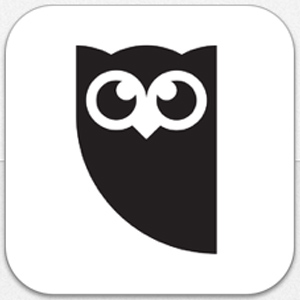 Being someone who is mildly obsessed with all things social media, I would have to say there are plenty of apps that I can’t live without. However, the one that helps me out the most is the one that keeps me the most organized: Hootsuite. The thing is, I have a relationship with Sprout Social, but I have a marriage with Hootsuite. I love that as soon as I open the app I can manage our company twitter and various platforms. I also dig that I can keep an eye out on all the trending hashtags and keywords that we set up.
Being someone who is mildly obsessed with all things social media, I would have to say there are plenty of apps that I can’t live without. However, the one that helps me out the most is the one that keeps me the most organized: Hootsuite. The thing is, I have a relationship with Sprout Social, but I have a marriage with Hootsuite. I love that as soon as I open the app I can manage our company twitter and various platforms. I also dig that I can keep an eye out on all the trending hashtags and keywords that we set up.


